Which decisions make the biggest real difference to your transport-related carbon footprint? Do you need to sell your car and give up holidays?
This guide provides an in-depth analysis of the greenhouse gas emissions of transport and provides some tips for reducing your transport-related greenhouse gas emissions.

Transport contributes around one fifth of global greenhouse gas emissions, making it a big part of the climate change problem (and its solution).
To get a better understanding of transport-related emissions overall, let's firstly break down the main sources:
- road vehicles including cars, motorcycles, buses and taxis are the largest source, contributing 45% of global transport-related emissions
- road freight including trucks and lorries is the second-largest source at 29% of global transport-related emissions
- aviation is the third largest source at 12% of global transport-related emissions
- shipping is the fourth largest source at 11% of global transport-related emissions
- rail represents just 1% of global transport related emissions
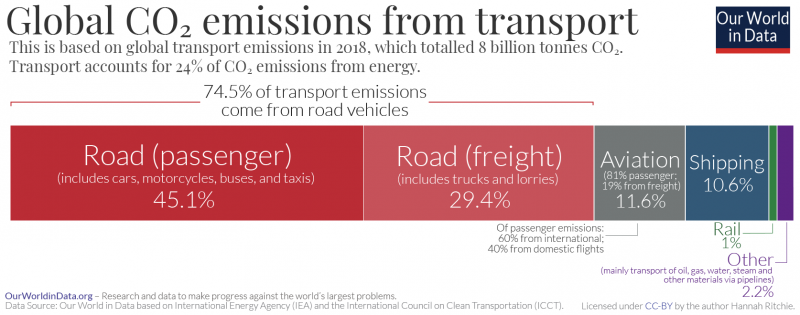
While this chart provides an overview of the breakdown of the total emissions problem, it isn't the best way to compare their emissions intensity as some modes are more widely used than others.
To compare the emissions of different transportation modes more fairly we instead need to compare their relative emissions per distance travelled by each passenger as shown below.
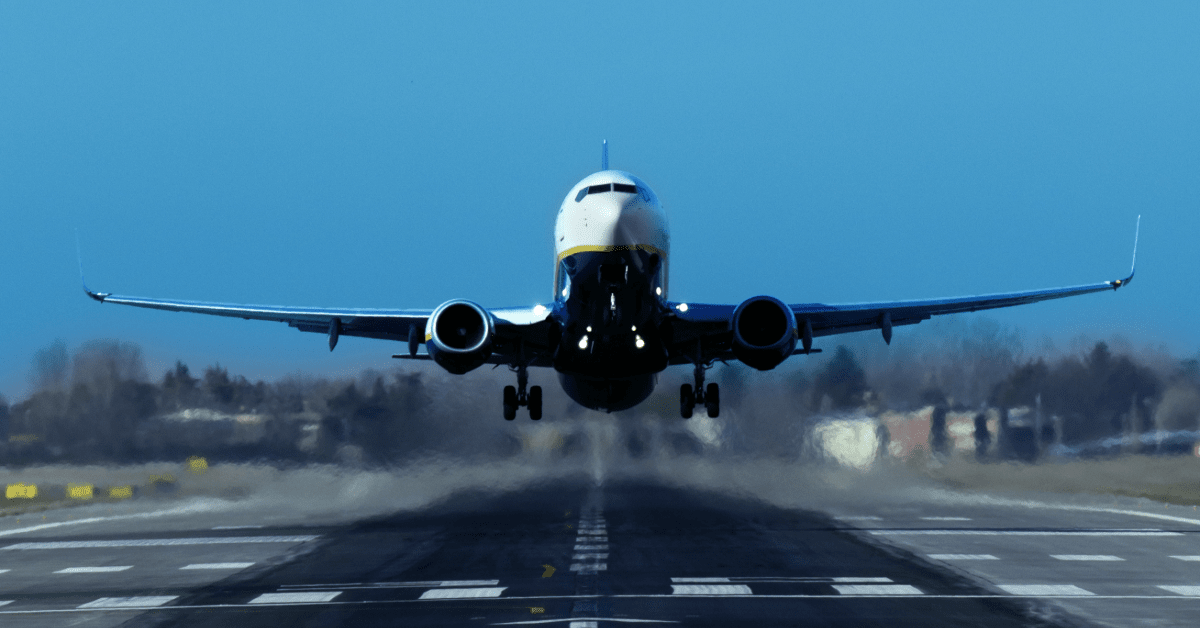
Flying
Flying represents one of the most emission-intensive ways of travelling, particularly over short distances where the high fuel consumption required for take off increases the emissions per distance travelled. The only reason flying doesn't represent a larger share of global emissions is that flying remains a luxury for a very small number of people, with only 10-15% of people in rich countries and less than 3% of the world's population flying regularly and this small group are responsible for 70% of flights. If you fly more often than 4 times each year then you're in this small minority and flights are likely driving a large share of your personal carbon footprint.
Although many of us have been grounded this past year with the COVID-19 pandemic, global aviation traffic could soon rebound to pre-COVID levels unless we collectively use this as an opportunity to shift our travel behaviour.
Some tips for reducing your flights include:
- Teleconferencing for business trips can save everyone the wasted time and money of flying and modern specialist teleconferencing facilities with super-fast broadband connections provide high quality video and audio that are almost as good as being in a room together
- Staycationing or travelling closer to home for holidays can involve considerably less logistical stress and many people don't realise the natural beauty and cultural diversity right on their doorstep
- Buses, trains or car pool road trips also provide a much lower impact alternative for medium distances while avoiding the hassle and lost time travelling to and from the airport and waiting in queues
- Combining multiple trips can be a great way to take best advantage of your flights when travelling by plane is essential
When you do need to fly, the following tips can reduce your flying emissions by 20-40%:
- Direct flights avoid the unnecessary fuel of extra take offs and landings, and save 10-15% of the emissions of an equivalent indirect medium haul flight
- Pack light to reduce your personal fuel use, reducing your luggage by 15kg can reduce the emissions of a medium haul flight by 10-20%
- Fly economy / coach and use one third of the impact of a business ticket and one quarter of the impact of a first class ticket
- Select efficient airlines who use more modern planes and fuels, with recent innovations reducing fuel by over 15% compared to previous generations and many larger carriers are starting to experiment with blended biofuels to further reduce emissions.
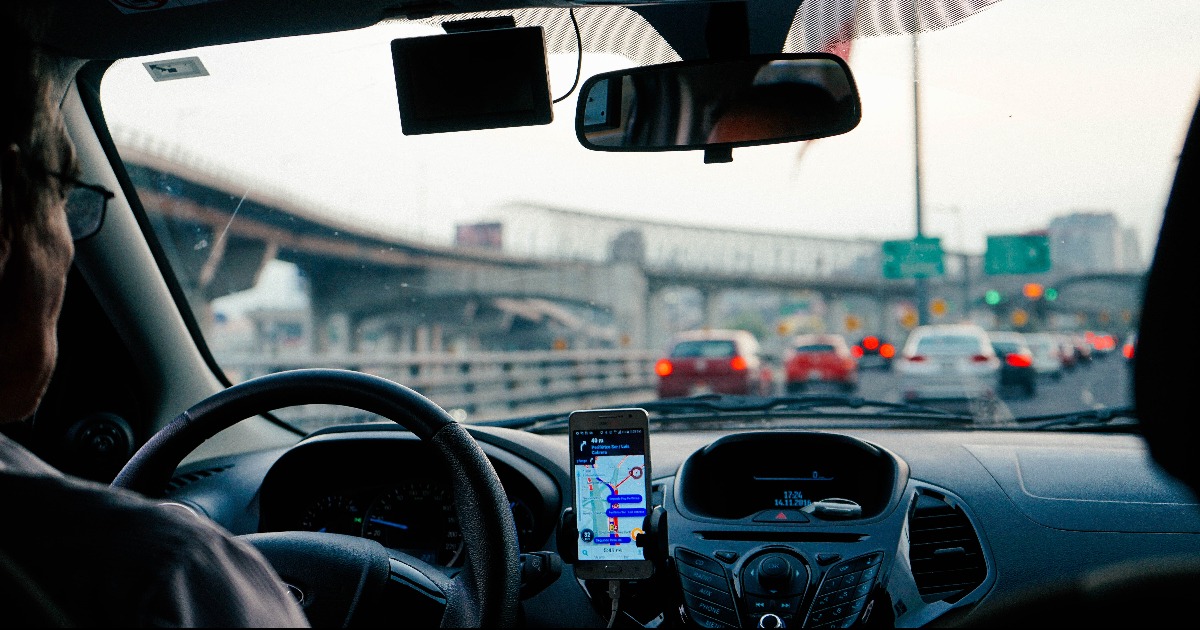
Driving
If you drive frequently then it is likely responsible for a large share of your personal carbon footprint. While driving alone represents a similar emission intensity per distance travelled to plane travel, the impact of car travel can be reduced dramatically:
- Car sharing has a dramatic impact on fuel use and emissions, a petrol car with two passengers has 50% less emissions per person, roughly equivalent to a motorcycle and with four passengers has 75% less emissions, almost as low as travelling by train
- Driving smoothly by avoiding excessive breaking and acceleration can reduce fuel use and emissions by 10-40%
- Slowing down, travelling at 90 kilometres per hour uses 25% less fuel than travelling at 110 kilometres per hour
- Avoid idling if you are stopping for more than ten seconds, turn your car off
- Service your car a well-tuned car can use 15 per cent less fuel
And when it is time to replace your car make sure to buy a fuel-efficient vehicle or even better a hybrid or battery electric vehicle. As shown below, the fuel efficiency of a vehicle is largely driven by its size and powertrain technology.
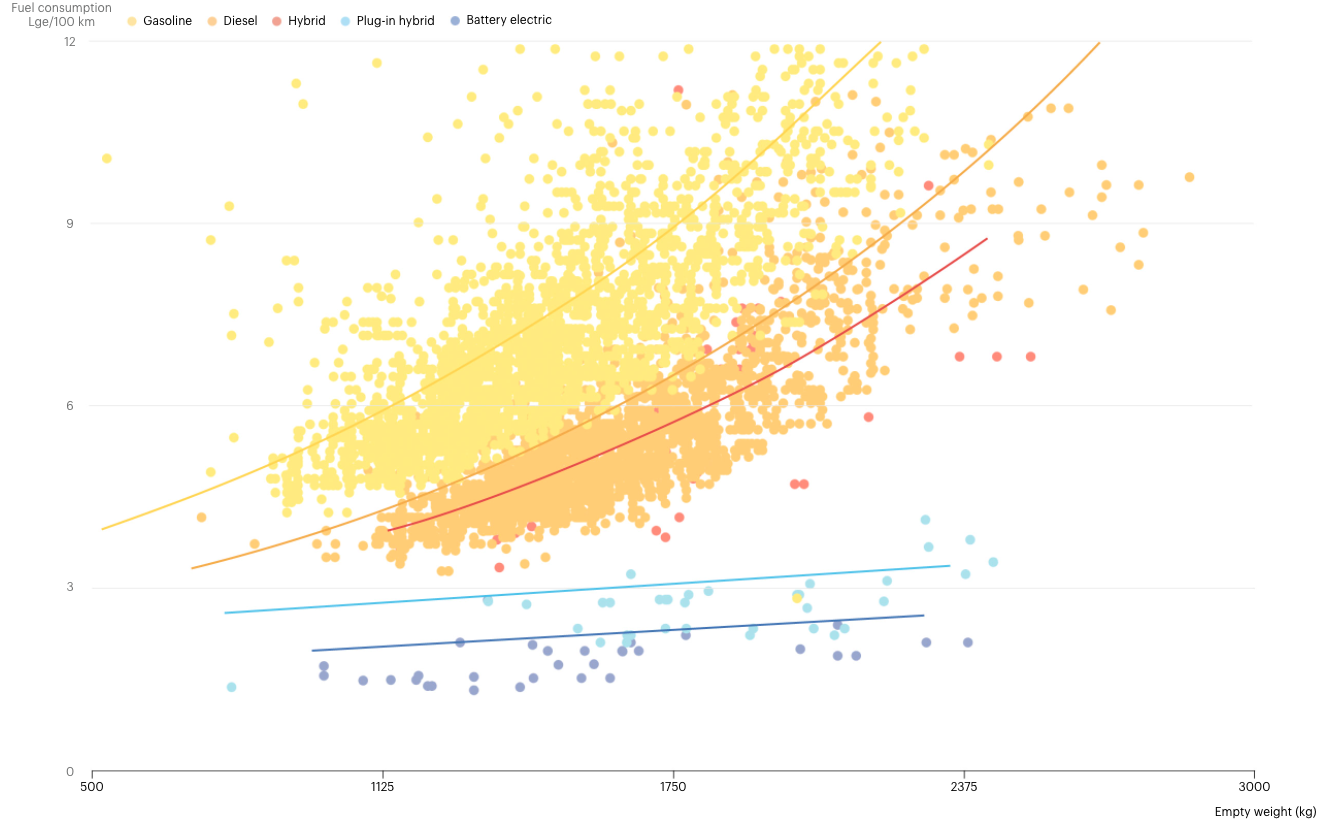
The analysis shows:
- Petrol-powered vehicles are the least fuel-efficient, followed by diesel vehicles (10-20% more efficient), followed by hybrid, plug-in hybrid and electric vehicles
- Larger vehicles such as SUVs, pickups/utes, vans and large sedans/wagons are generally far less fuel-efficient than smaller vehicles such as hatchbacks, though this relationship is less strong for plug-in hybrid and electric vehicles
Thankfully, fuel economy ratings and minimum standards are slowly improving the fuel-efficiency of vehicles in most countries, together with incentives to help accelerate the shift toward electric vehicles. For a more detailed comparison of the fuel economy of different vehicle models see the relevant databases in your local area (e.g. in the US, UK, and Australia).

Rail and bus
Travelling by rail and bus represents the lowest emission travel choice for medium to long distances, easily outcompeting flying and driving. Also, by avoiding the time and hassle of airport transfers, security checks and boarding, rail and bus trips are often surprisingly competitive with flying in door to door travel times, especially for short to medium distance trips. For similar reasons, rail and bus travel is often more enjoyable, productive and time-efficient than driving. Instead of focussing your attention on the car ahead or searching for a place to park, you can free up your travel time to read your favourite book or get through your emails.
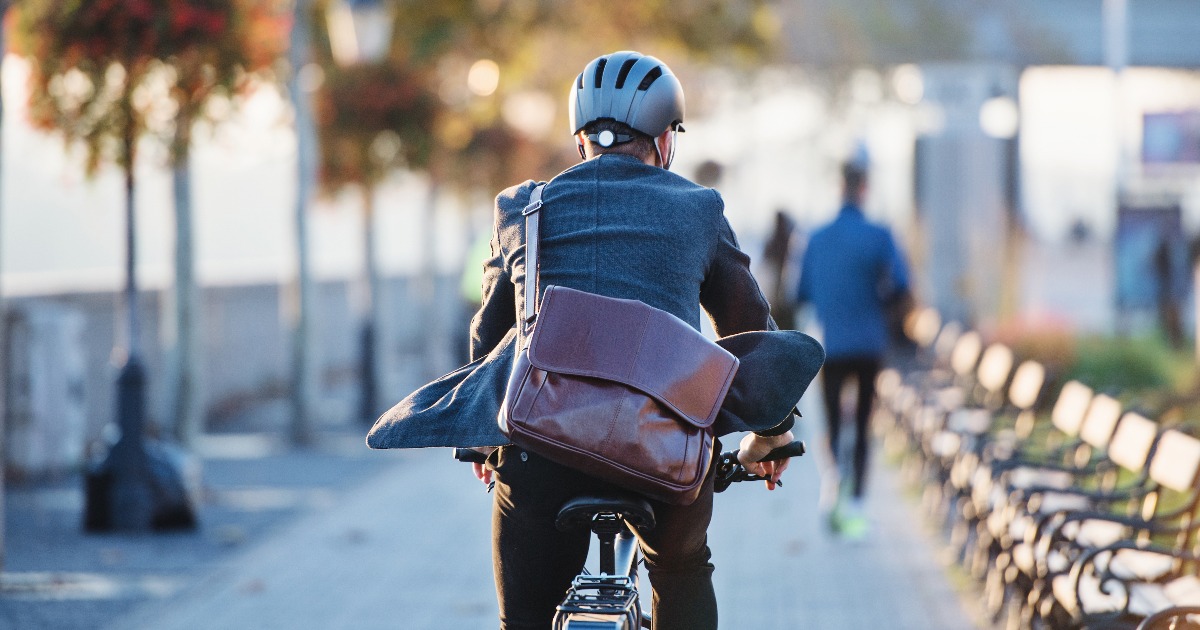
Active transport
Cycling, walking and running represent the lowest emission travel choice for short distance travel, easily beating rail, bus and car travel. These forms of travel also have the added benefit of helping keep you fit and healthy. Cycling may also take less time than you think. Studies have shown that most people underestimate time related to car journeys and overestimate the time it will take to cycle. The average cycling speed is 20-25km/h, which is quite competitive with the average driving speed in most major cities. What's more, if you walk or cycle you don’t need to find a car park when you arrive, saving you time and money.
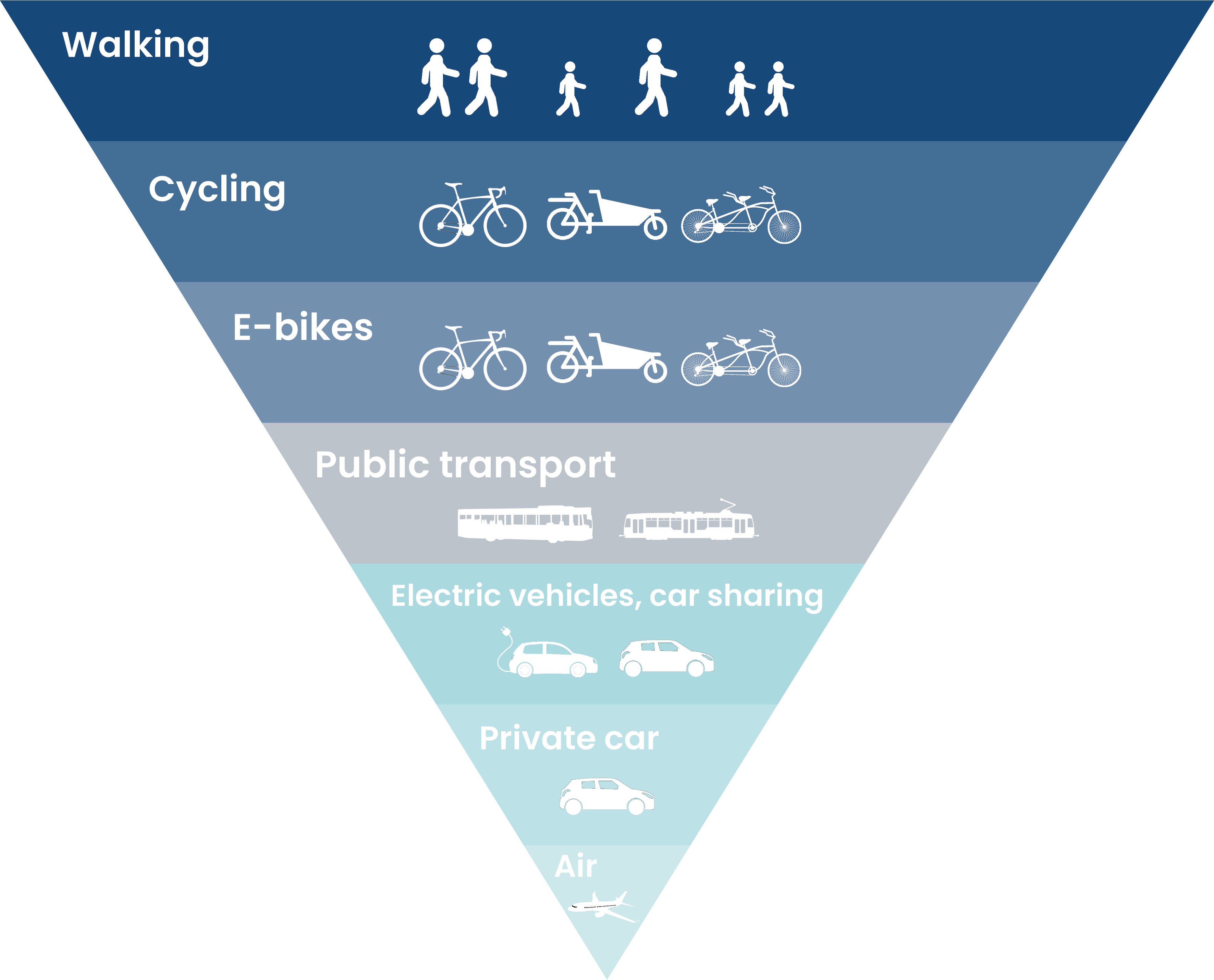
To summarise:
- for long distance travel, use rail or ferry wherever possible, otherwise travel by bus or drive a fuel efficient vehicle with as many passengers as possible, and only use air travel for long distances or where no alternative is available
- for short distance travel, cycle or walk wherever possible, otherwise use public transport if available or drive a fuel efficient vehicle with as many passengers as possible
- avoid flying wherever possible by teleconferencing, staycationing or combining multiple trips
- when flying is necessary over long distances or when no alternatives are available choose an efficient carrier with a direct flight, an economy ticket and offset your emissions
Next steps
If this all seems confusing then don't worry; we have created an app to help you calculate and reduce your carbon footprint. You begin by answering a targeted set of questions about your household. We then provide a personalised benchmark and breakdown of your carbon footprint. We then help you reduce your carbon footprint by providing a tailored plan and ongoing support to help you get your carbon footprint under control. The service is free and only takes around 15-20 minutes.